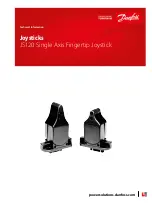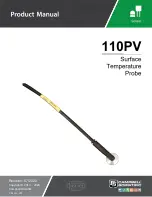
◆
When installing the battery outdoors, take sufficient measures to keep the battery
from direct sunlight and rain water intrusion.
◆
Loose connections or corroded wire may cause excessive heat generation which
may further melt the wire's insulation layer and burn surrounding materials, and even
cause a fire, therefore make sure all connections are tightened securely. Wires had
better be fixed properly with ties, and when needs arise to move things, avoid wire
swaying so as to keep connections from loosening.
◆
When connecting the system, the output terminal's voltage may exceed the top
limit for human safety. If operation needs to be done, be sure to use insulation tools
and keep hands dry.
◆
The wiring terminals on the controller can be connected with a single battery or a
pack of batteries. Following descriptions in this manual apply to systems employing
either a single battery or a pack of batteries.
◆
Follow the safety advice given by the battery manufacturer.
◆
When selecting connection wires for the system, follow the criterion that the
current density is not larger than 4A/mm2.
◆
Connect the controller's earth terminal to the ground.
2.2 Wiring Specifications
Wiring and installation methods must comply with national and local electrical
specifications.
The wiring specifications of the battery and loads must be selected according to
rated currents, and see the following table for wiring specifications:
Model
Rated
charging
current
Rated
discharging
current
Battery wire
diameter
(mm2)
Load wire
diameter
(mm2)
ST2420
20A
20A
5
5
ST2430
30A
20A
6
5
ST2440
40A
20A
10
5














































